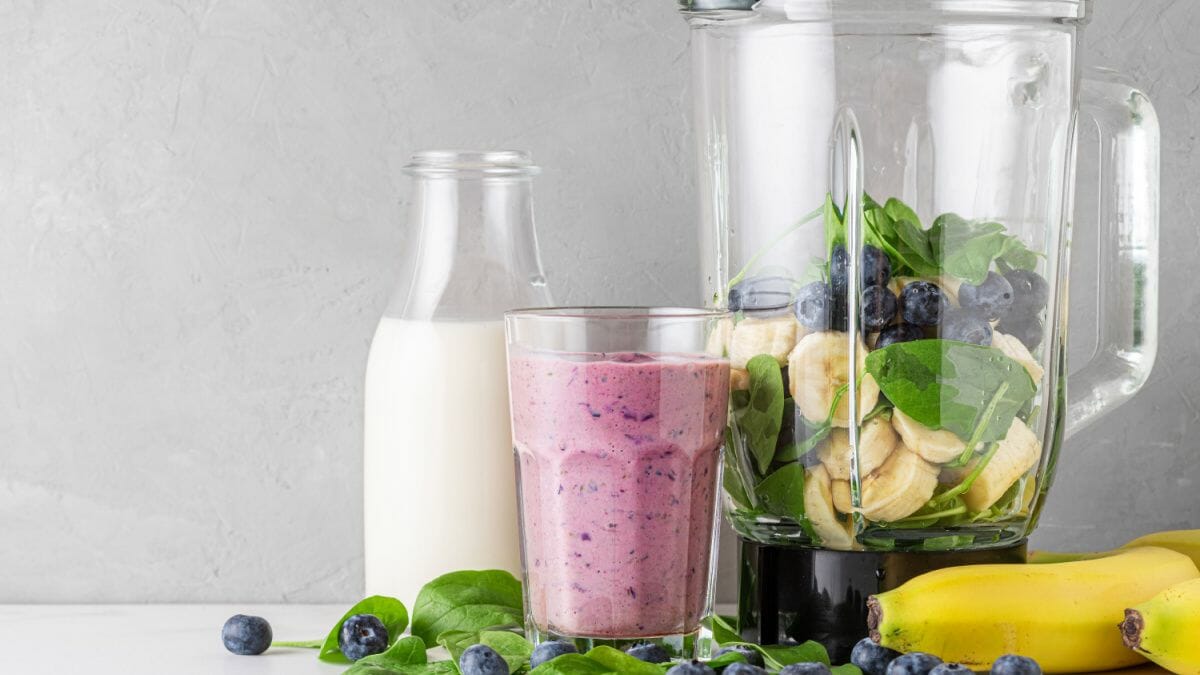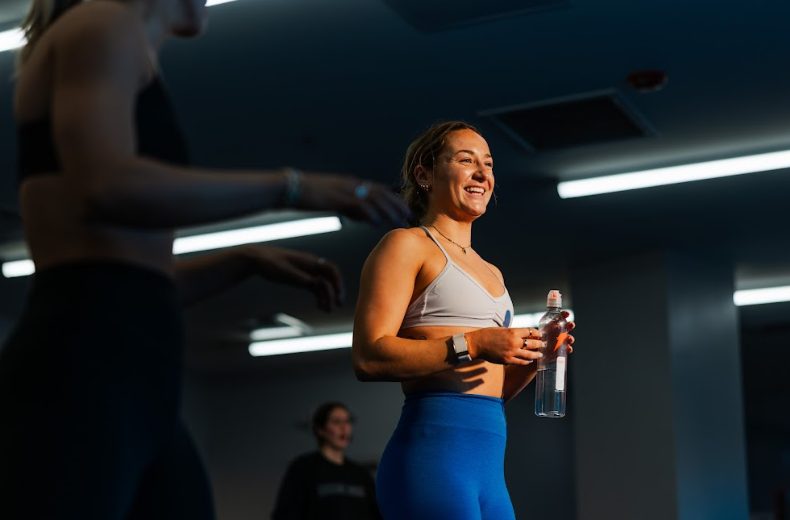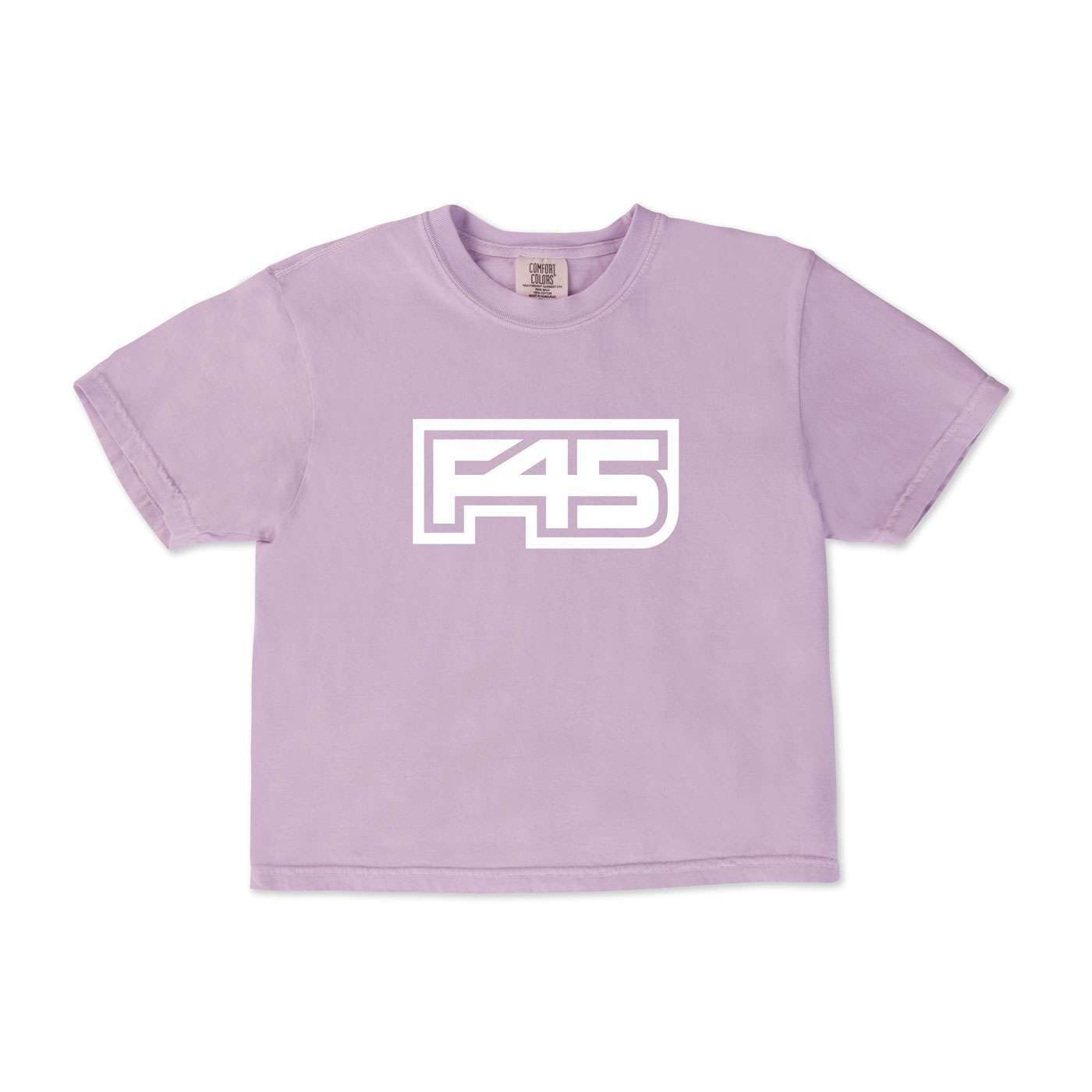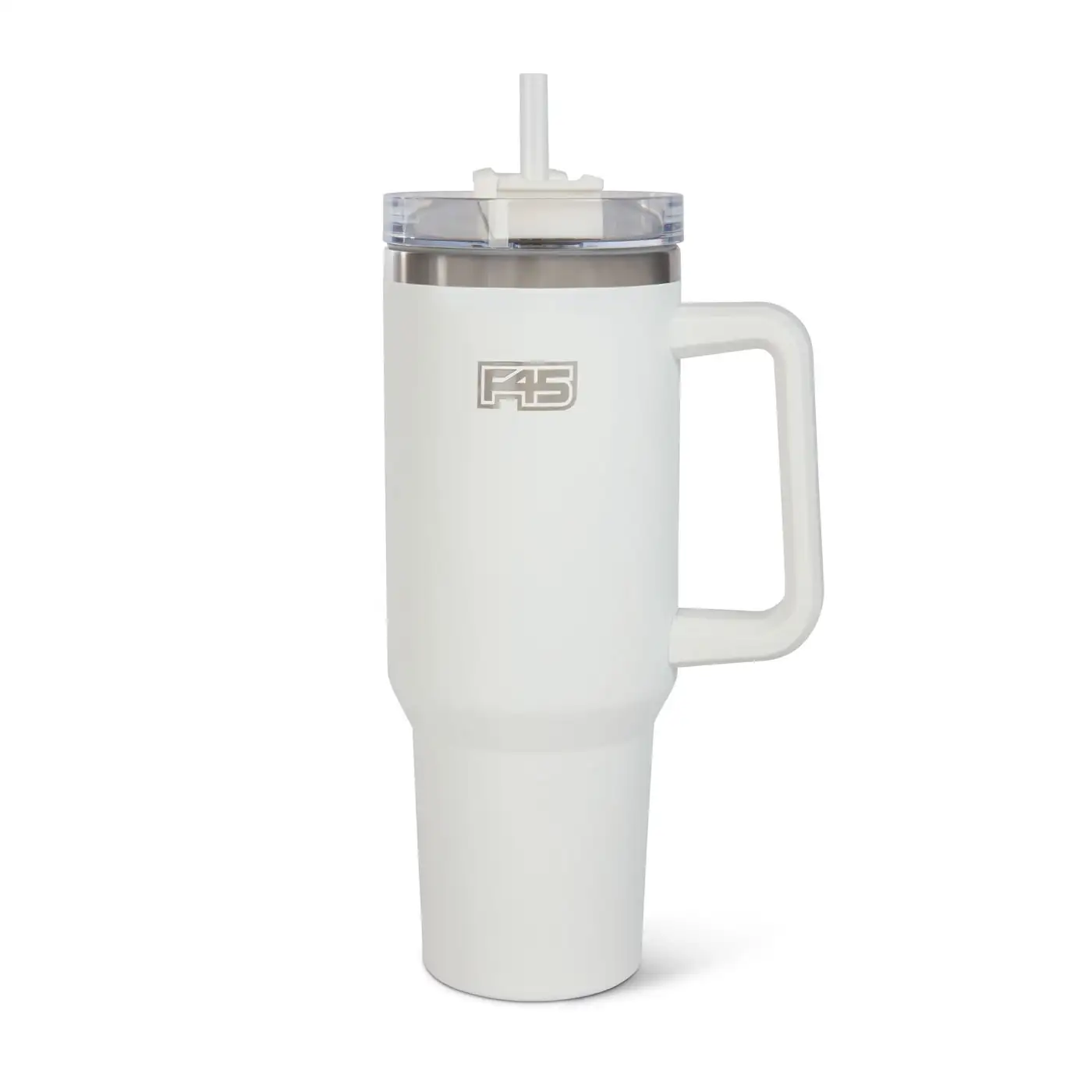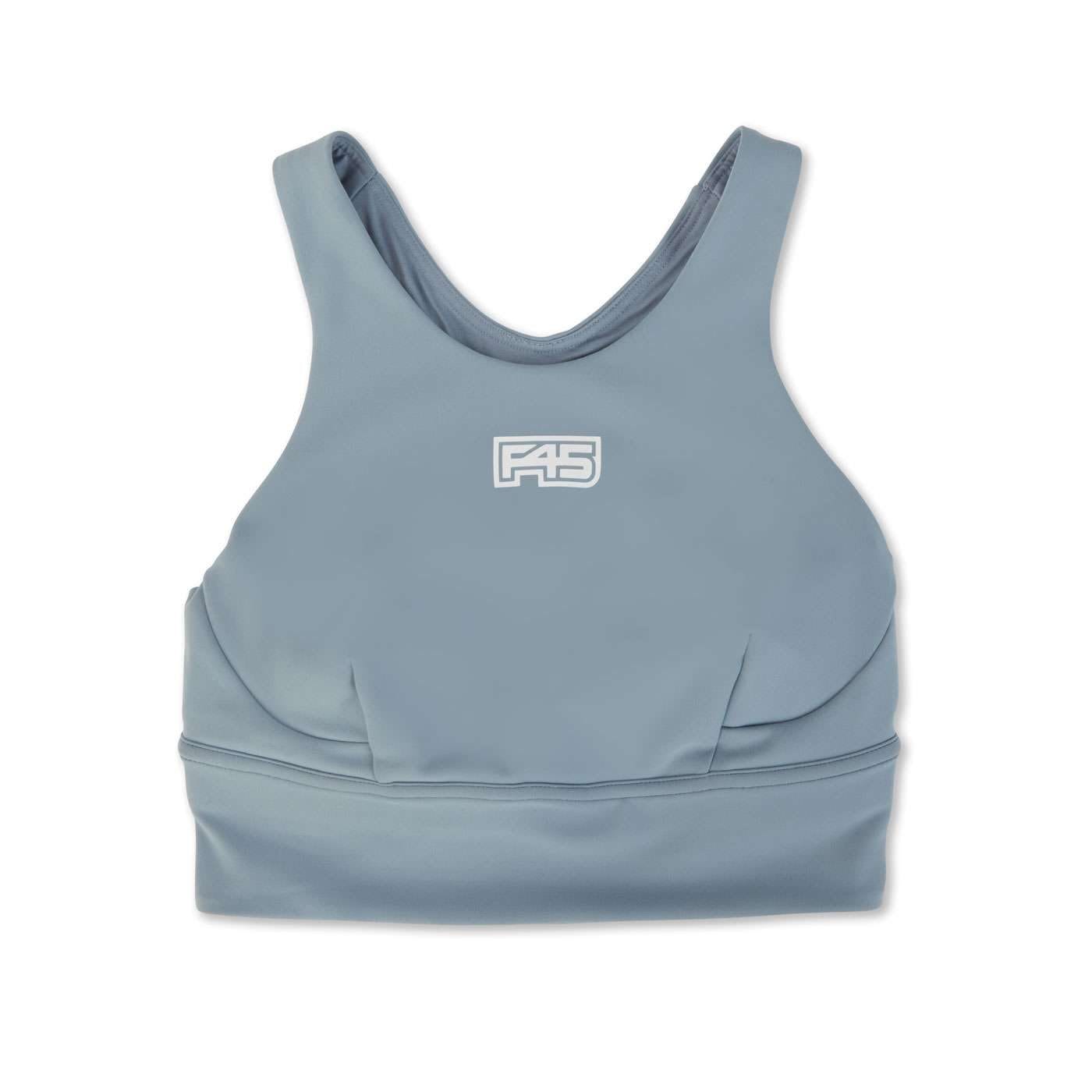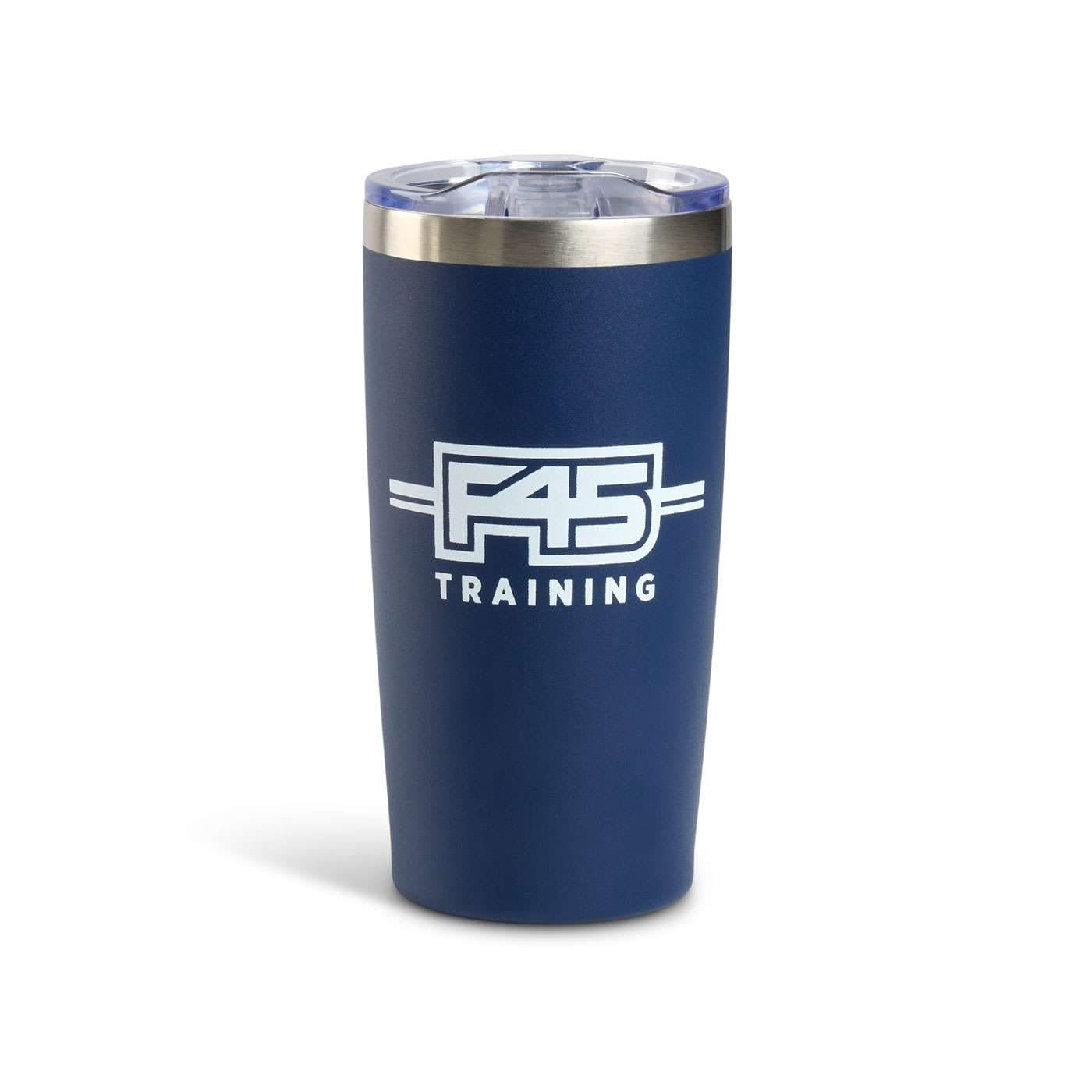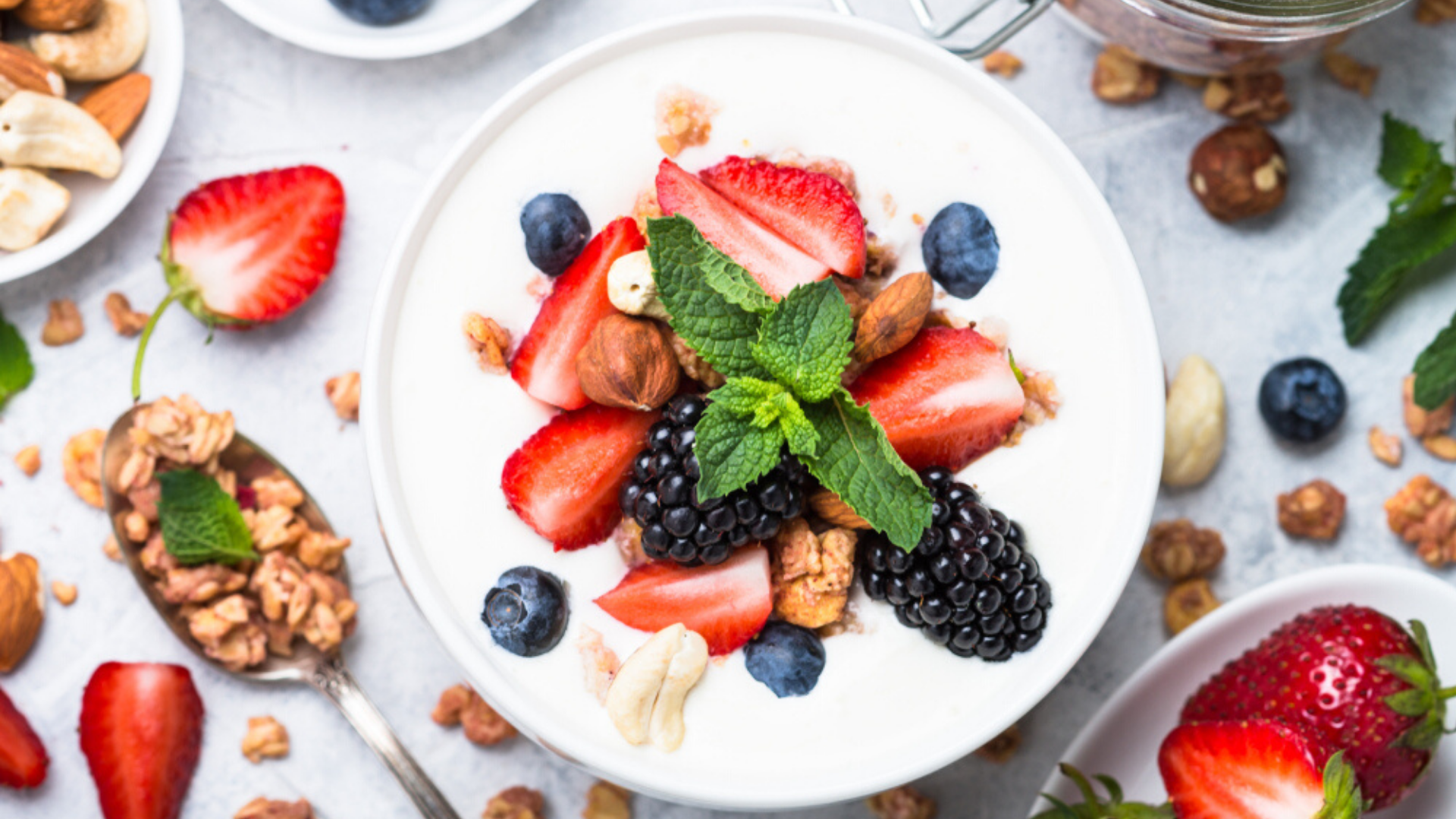
Now that you’re in Phase 4 of the Challenge, World Series, we want to give you tips and tricks to help you transition into the Maintenance Phase, feeling and looking your best. You have worked hard to get great results, and these tools will help you thrive day in and day out and allow you to maintain your healthy habits for life. That being said, we want to let you in on a little secret—snacks are the key to losing fat and, most importantly, maintaining fat loss! There are a few misconceptions around snacks, so we wanted to set the record straight on why this part of your diet plays a key role in helping you achieve your weight loss goals.
When trying to lose weight, people often exclude snacks as their attempt to create an energy deficit and stick to three meals a day. While the intentions may be good and this may seem like the best way to reduce your food intake, it can end up having the opposite effect and can lead to overeating later in the day.
If this resonates with you, or if you simply enjoy snacking, you are in luck! In this article, we explain why you should include snacks on your weight loss journey and show you how to make a healthy snack that’s as nutritious as it is delicious.
Plan to snack
Most people don’t plan to snack, whether it be because they might be trying to reduce their energy intake, don’t think about it, or don’t think they should. Snacking is an essential way to make sure you are meeting your nutritional needs and goals. Generally speaking, most people start to feel hungry again within 3-5 hours after a meal. If you don’t eat until your next meal (which can be 6-7 hours apart, in the case of lunch and dinner), you may find yourself starving. This large gap between meals can lead to overeating, which can impact your weight loss goals. The other thing that often happens is that you get hungry and buy something on the fly, which is usually not as healthy as something you could have made yourself.
By including one or two snacks each day, depending on what you need, you can ensure you are still on track for fat loss success. It is important to remember, though, that just because you have planned a snack doesn’t mean you have to eat it. Make sure you listen to your hunger cues—eat the snack if you need it or leave it for the next day if you aren’t super hungry. If you aren’t in a good routine with your eating, look at the distribution of meals and portion sizes across the day. If your food and overall energy intake is heavily weighted to the back half of the day, we recommend using our snack formula to optimize the distribution.
Planning a snack or two into your day plays an important role in losing fat and keeping it off! Being intentional about your nutrition plan has many benefits. Not only does snacking between meals help to manage your appetite, but it also allows you to stick to regular portion sizes at mealtimes and not overconsume. It can also keep your overall energy levels up throughout the day. In fact, having a midday snack using our formula below can help curb those afternoon sugar cravings and keep you energized and focused.
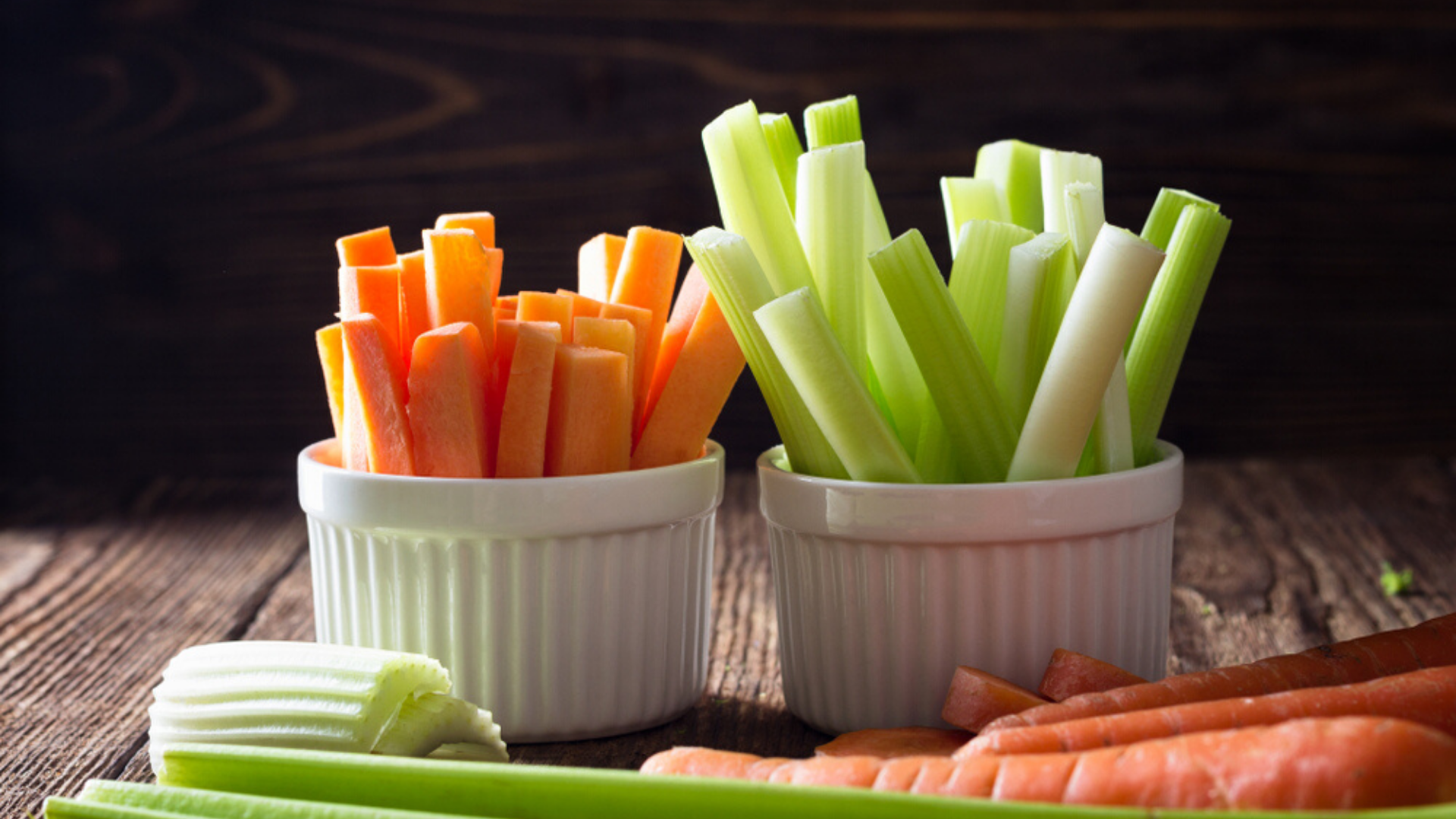
Snack formula
To make sure you get this snack situation correct, it is important to know what a good snack should include. While the perfect snack may vary depending on your nutrition goals, the key nutrients to include at each snack are consistent.
The snack formula we recommend includes: a protein source + some color + fiber + a small amount of healthy fats.
- Protein sources can include Greek yogurt, eggs, fish, lean meat, chicken, tofu or legumes.
- Add color to your snacks by including a variety of different fruit and veggies. This could include some chopped vegetable sticks or tossing some fruit into your smoothies.
- A great way to add fiber to your snacks is by adding in some fruit, vegetables and whole grains.
- Some examples of healthy fats to add to your snacks include avocado, nuts and seeds, or a drizzle of olive oil, but just be mindful that this group has double the energy density of protein and carbohydrates.
